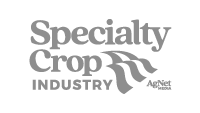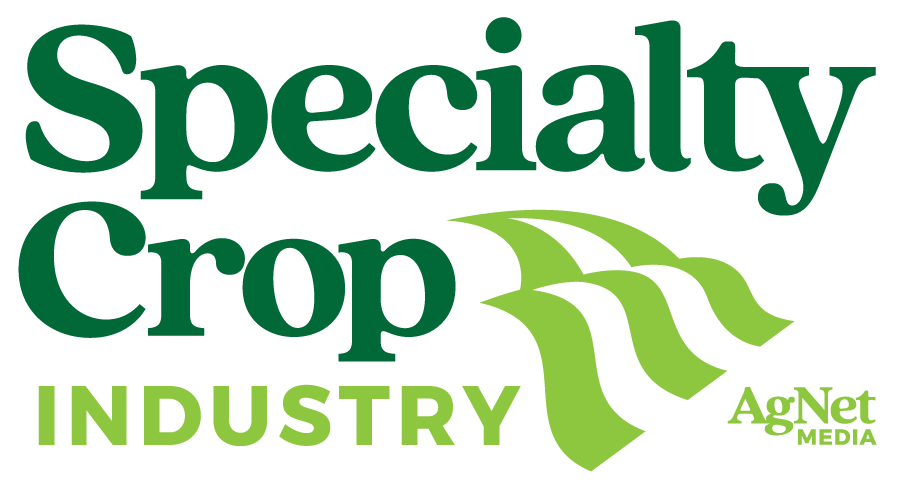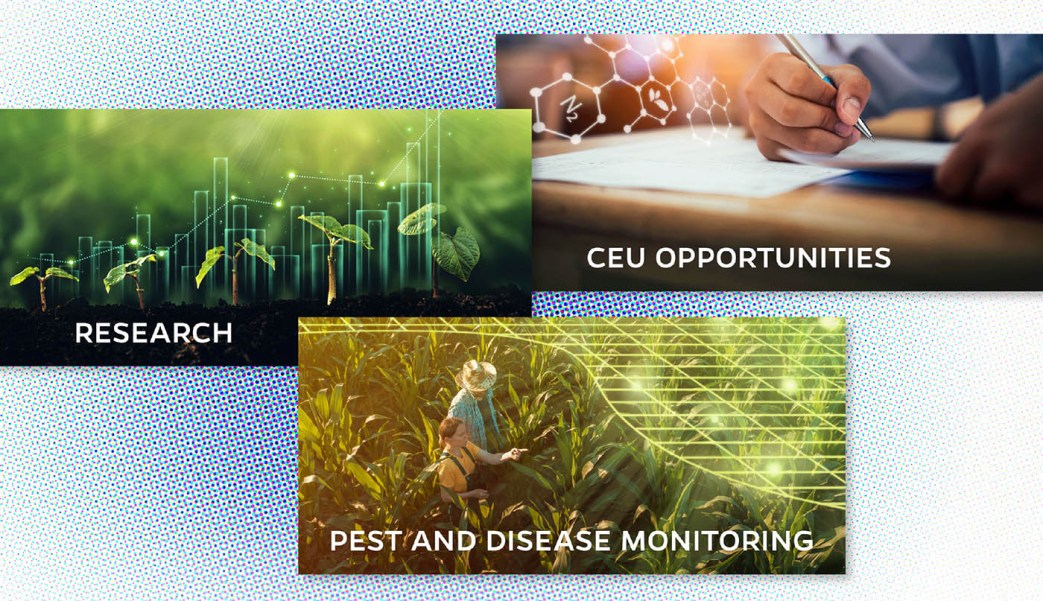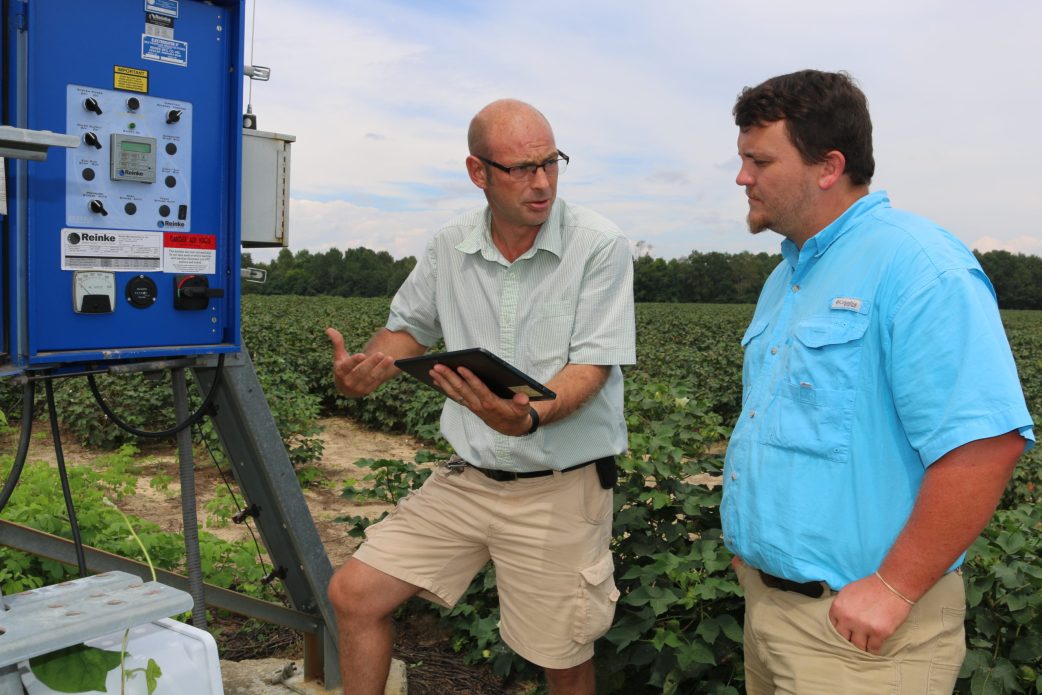By Bhabesh Dutta and Timothy Coolong Organic onion production in diverse weather conditions in the United States is challenging due to numerous biotic and abiotic factors. The challenges are more extreme in states with year-round warm climates which includes Georgia. Although these states grow onions in the spring, mild winter temperatures can increase challenges related to plant pathogens, insect and …
Sen. Ossoff: I’m Excited About Georgia Citrus
By Clint Thompson Georgia citrus producers have a vocal legislative supporter in their corner, and that’s good news for the industry heading into the future. U.S. Senator Jon Ossoff (D-GA) recently visited with Georgia citrus farmers and industry leaders to learn more about the growing commodity in the state. He came away impressed with how citrus has blossomed in popularity …
Introducing the Commercial Vegetable Production Website
By Elise Schuchman and Craig Frey A new website dedicated to Florida commercial vegetable production is now available. The site (commercialveg.ifas.ufl.edu) is a collaborative effort between the University of Florida Institute of Food and Agricultural Sciences (UF/IFAS) Extension offices, research and education centers, growers and crop consultants. It provides commercial vegetable growers with a consolidated access point to the latest …
Plant-Parasitic Nematodes Complicate Crop Quality
By Johan Desaeger The importance of plant-parasitic nematodes (PPN) in agriculture was first demonstrated in the mid-1800s with the discovery of sugar beet cyst nematodes in Europe and root-knot nematodes in Europe and the Americas. Experiments with nematicides in the early-mid 1900s demonstrated the significant yield loss caused by these nematodes. Yet to this day, PPN’s true impact on crop …
Pros and Cons of Controlled Environment Agriculture
By Kristin Woods and Camila Rodrigues Controlled environment agriculture (CEA) is a system in which plants are grown intensively within a temperature, water, light and carbon dioxide-controlled environment that can be used to optimize plant production and use of resources. The CEA growing method is sometimes promoted as more environmentally friendly, due to the more efficient use of nutrients and …
UF Study: UV Lamps Can Control Strawberry Pest
With about 11,000 acres — mostly in west-central Florida — strawberries are worth $399 million annually in Florida. That represents 10% of the national strawberry value and most of the domestically produced winter crop in the United States. Those economic figures make it vital for the state’s strawberry growers to manage pests and diseases effectively. While producers began planting for …
Putting Artificial Intelligence Within Reach
By J. Scott Angle, jangle@ufl.edu, @IFAS_VP It used to be that game-changing technology was out of the reach of all but the biggest producers. Artificial intelligence (AI), though, can fit the size of your phone and the size of your wallet if it’s done right. That’s why the University of Florida Institute of Food and Agricultural Sciences (UF/IFAS) has put …
Apps Ease the Task of Fertigation for Growers
By Denise Attaway The days of manually calculating numbers on spreadsheets to determine how much liquid fertilizer should be used to fertigate crops may soon be gone, thanks to new web-based calculators (apps) from Clemson University. The Clemson Center Pivot Fertigation Calculator and Clemson Drip Fertigation Calculator are free apps created by the Clemson Cooperative Extension Service precision agriculture team …

















